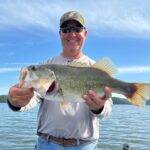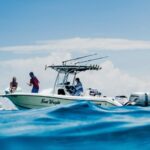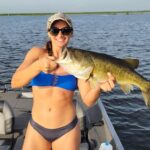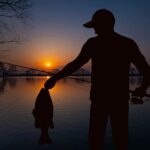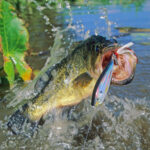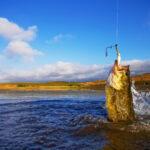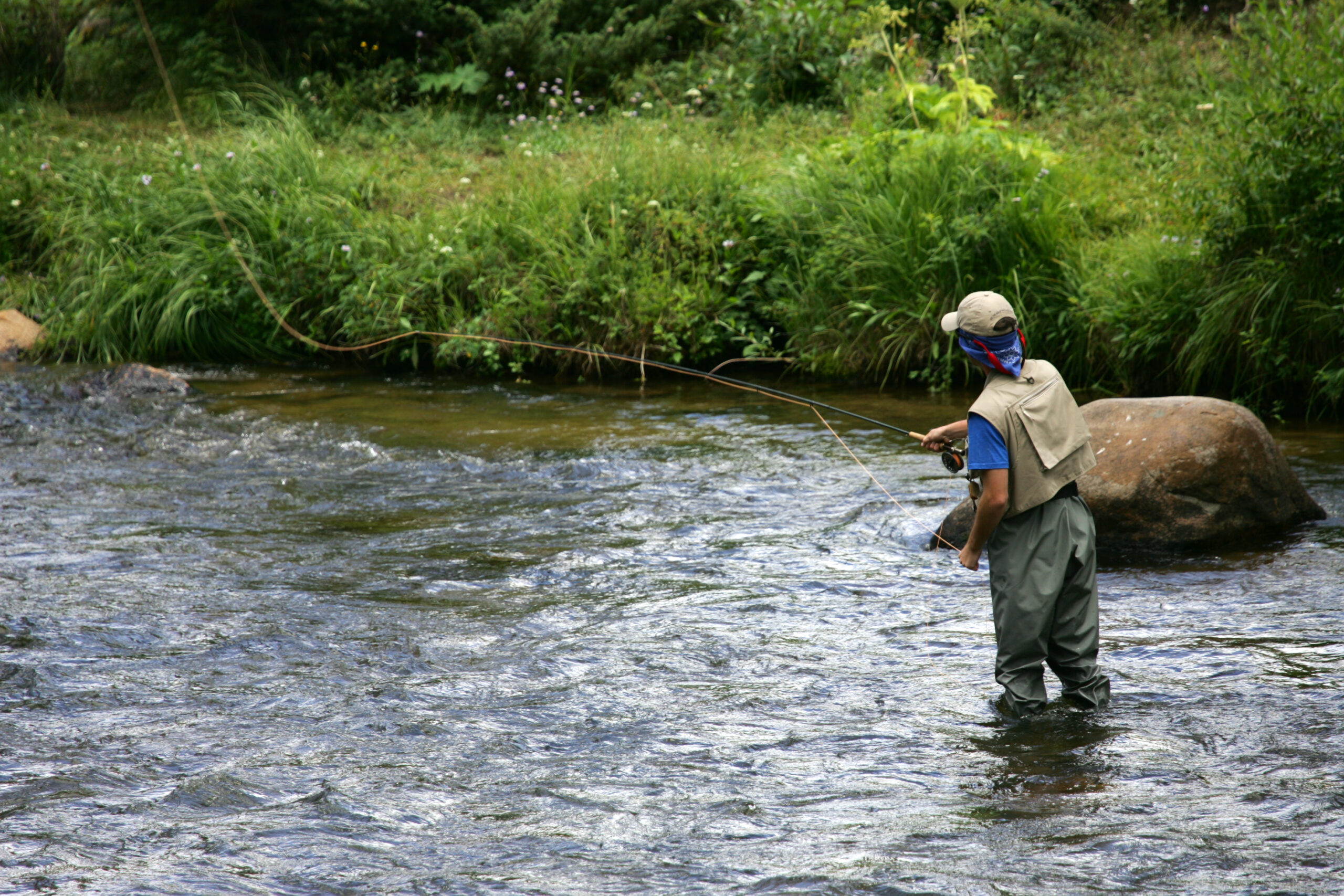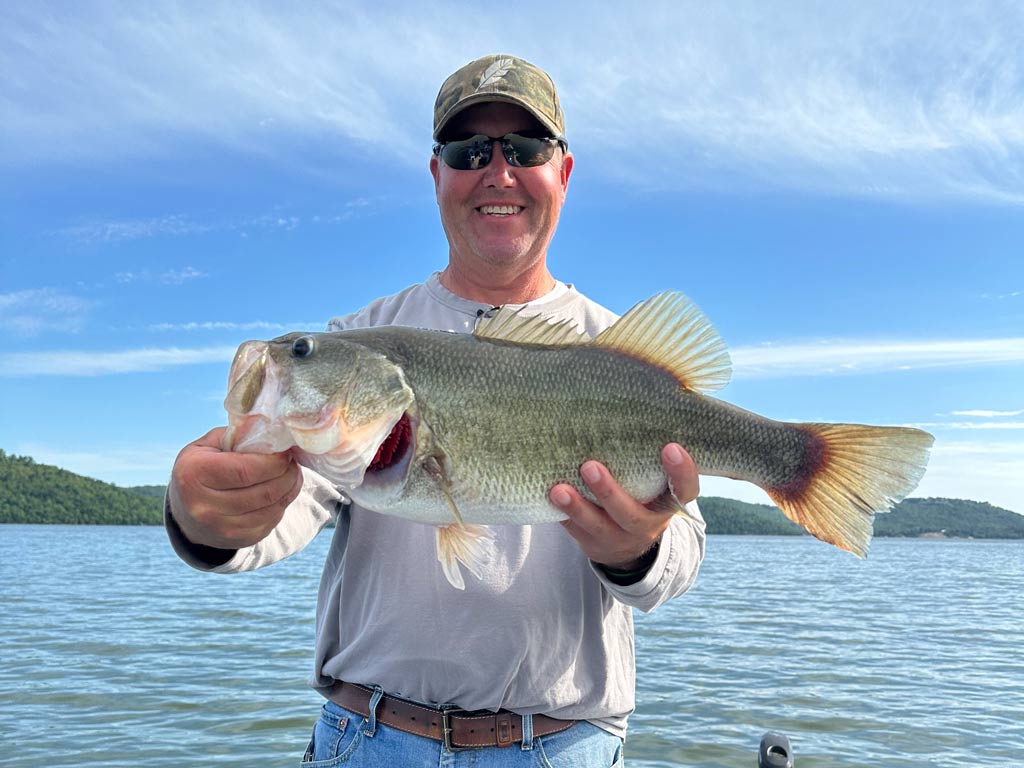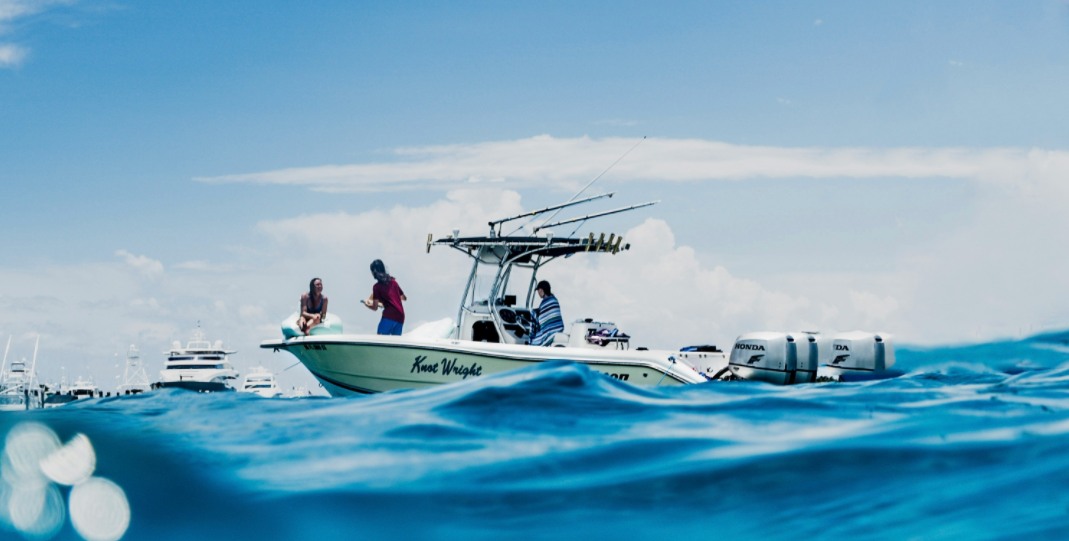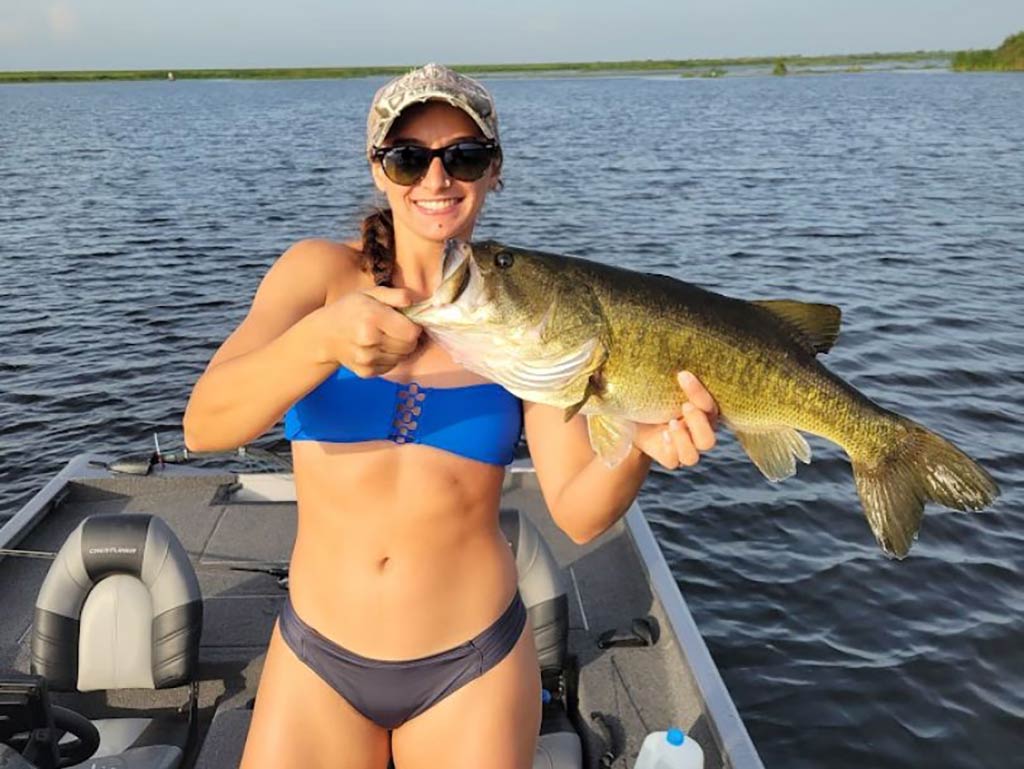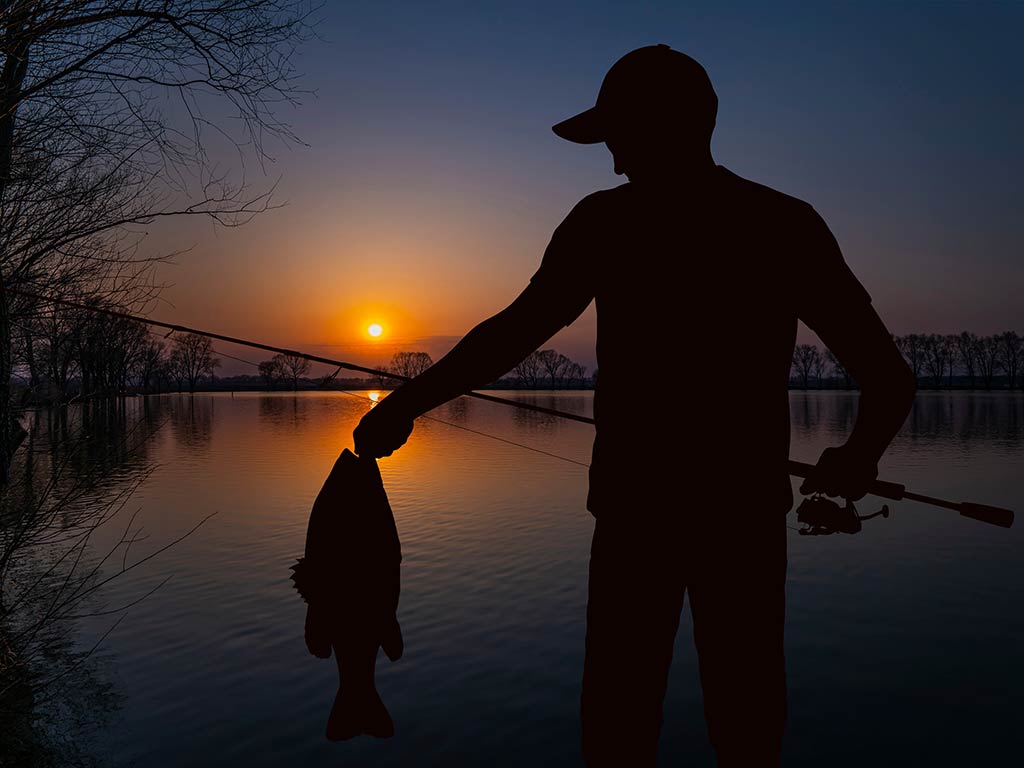Every angler has faced it: you plan the perfect spring fishing trip, only to have a cold front blow through the day before. The air chills, the sky turns bluebird, and the fish seem to disappear. But don’t hang up your rods just yet. While post-cold front fishing is notoriously tough, it’s not impossible — especially in spring, when fish are eager to feed as they transition into their seasonal patterns. With the right adjustments, you can still put fish in the boat or on the bank. Here’s how to adapt and trigger bites when conditions turn sour.
What Happens to Fish After a Cold Front?
When a cold front passes, several things happen that shut down the bite:
- Barometric pressure rises quickly, which tends to make fish sluggish and less willing to feed.
- Water temperatures drop, sometimes just a few degrees, but enough to shock fish back into a neutral or negative mood.
- Clear skies and bright sun following the front make fish more cautious, especially in clear water.
- Wind dies down, leading to calm, flat water that makes fish even more skittish.
In spring, this is especially frustrating because bass, crappie, walleye, and other species are just beginning to move shallow for spawning, but a cold snap can cause them to pull back temporarily.
Adjusting Your Approach After a Cold Front
1. Downsize Your Lures
Fish have a hard time committing after a front, but smaller, finesse-style baits often tempt them when larger offerings fail. Go with:
- Smaller jigs (1/8 or 1/4 oz)
- Finesse worms and creature baits
- Ned rigs
- Lightweight hair jigs for crappie Downsizing looks more natural to pressured or cold-stressed fish.
2. Slow Down
A slow presentation is key. Fish aren’t going to chase down fast-moving baits after a front. Drag jigs slowly, dead-stick soft plastics, or let suspending jerkbaits hang in the strike zone longer.
3. Go Deeper
Fish will often pull back slightly to deeper structure like secondary points, channel swings, or drop-offs. If you were catching them in 4 feet of water before the front, check 8–12 feet after.
4. Target Cover
Fish seek security after a front. Brush piles, submerged timber, docks, and thick weed beds become prime areas. Bass may bury up in laydowns or tight to dock pilings. Crappie will stack tighter to brush.
5. Use Natural Colors
Stick to more subtle, natural colors like green pumpkin, watermelon, smoke, or silver. These match the clearer, post-front conditions and won’t spook wary fish.
Species-Specific Cold Front Tips
Bass:
- Jerkbaits are deadly if you pause long enough between twitches.
- Switch to shaky heads or drop shots with smaller soft plastics.
- Focus on shady banks, especially if bright sun follows the front.
Crappie:
- Vertical jigging tight to cover works better than casting.
- Go ultra-light with hair jigs or small plastics.
- Fish will often suspend just above or inside brush piles.
Catfish:
- Bite may slow, but they still feed.
- Stick with cut bait, but try deeper holes, especially in rivers and creeks.
- Slow your drift or anchor and soak baits longer than usual.
Walleye:
- Fish deeper breaks and ledges.
- Jigs tipped with minnows, or live bait rigs, tend to outperform crankbaits after a front.
- Slow trolling or dragging baits can still produce.
Pro Tips for Spring Post-Front Success
- Fish During the Warmest Part of the Day: Afternoon bites are better after a front as the water has time to warm a degree or two.
- Focus on Northern Banks: These banks warm faster in the spring and may hold slightly more active fish.
- Be Patient: You might get fewer bites, but they can still be quality fish if you grind it out.
- Watch the Weather: The third or fourth day after a front is often much better than the day immediately following.
The Silver Lining
While fishing after a cold front isn’t always easy, it teaches you patience, attention to detail, and how to read the water. And when you do get bit, it feels that much sweeter. In spring, fish still have biological urges driving them toward the spawn — you just have to coax them a little more when Mother Nature throws a curveball.
If you want, I can also help you:
- Add a printable “Cold Front Tactics Checklist” for your readers
- Make this SEO-friendly if you’re planning to post it on a blog
- Write an Instagram caption or YouTube script for this same topic
Just say “yes” and I’ll hook you up.

